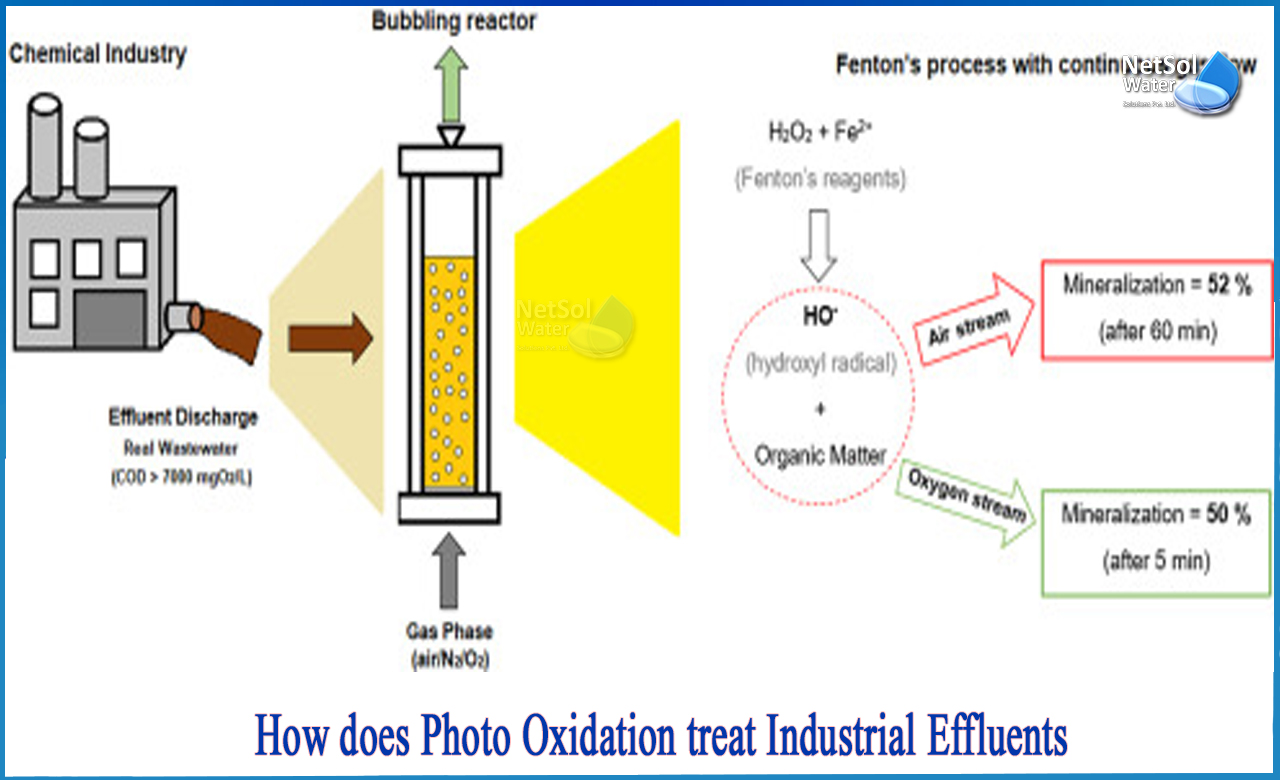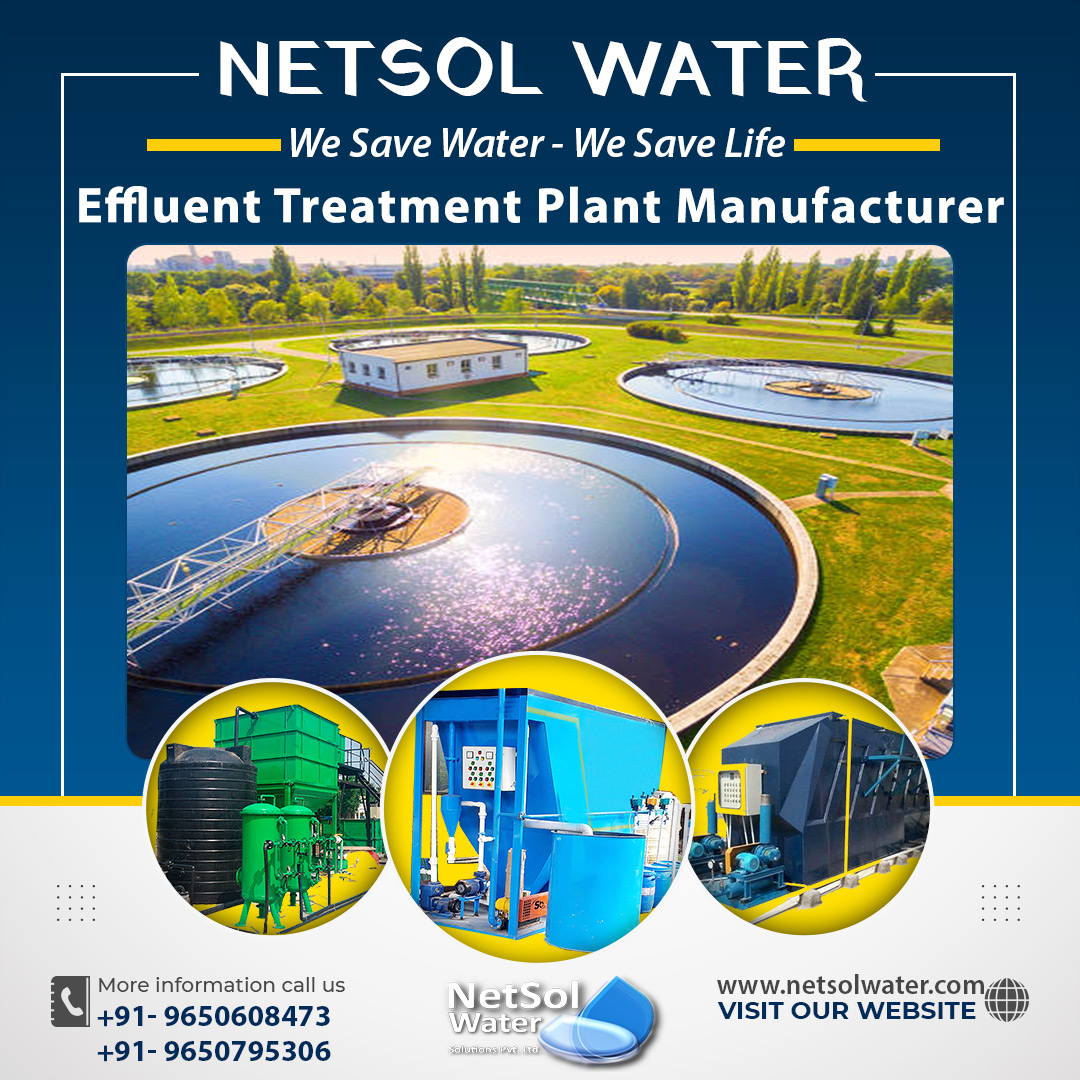How does photo oxidation treat industrial effluents?
The fact that "water is the elixir of life" is commonly acknowledged, since practically, all living species need it to exist.
However, as the world's population continues to rise and modernize, a shortage of appropriate clean drinking water has become a major worry across the world, since poor water quality not only endangers people's health and ecosystems, but also restricts economic productivity and development potential. Although several water purification techniques, such as ion exchange, reverse osmosis, electrolysis, precipitation, ultrafiltration, and adsorption, have been developed to reduce toxic effluents from contaminated water.
As a result, increasing the efficacy of current wastewater treatment approaches that provide high efficiency, various functionality, and high system size flexibility is a key requirement of the hour. Photo-oxidation technique contains all of the key characteristics that might allow for water treatment leapfrogging.
Process of Photo-oxidation
This approach is exposing polluted water to UV light/sunlight in the presence of an oxidant/catalyst, which produces reactive oxidizing species capable of totally decomposing organic contaminants into harmless molecules such as H2O, CO2, and inorganic salts. As a result, the fundamental driving factor for the many chemical, physical, and biological processes that oxidize or decrease compounds in the environment is absorbed solar radiation.
The goal of advanced oxidation procedures is to produce the hydroxyl radical (OH•), which has a high oxidation potential and is very reactive. When these radicals come into contact with organic materials, they set off a chain of chemical events that result in the full mineralization of organic substances, CO2, and water.
The effluent is irradiated with UV light (170-230 nm), which the chemical components absorb and convert to free radicals. The smaller the wavelength of radiation, the more energy is absorbed and the more effective it is in destroying pollutants.
Advantages of photo-oxidation
1: When traditional techniques fail, such as when attempting to decolorize effluent tainted by polyphenolic compounds, effluent treatment can become complicated. For these resistant organic compounds of industrial origin, advanced oxidation methods, often known as photo-oxidation, provide a simple and effective solution. Photo-oxidation, in either of its two forms: photolysis or photocatalysis, offers the best prospects of all.
2: These industrial wastewater treatment processes are appealing because of the numerous benefits they provide, including high reactivity with most organic compounds, complete oxidation of both organic and inorganic compounds, and the emission of only harmless compounds because all oxidants are destroyed during the process.
3: When compared to other treatment methods such as adsorption, bioremediation, incineration, and so on, photo-oxidation has proven to be an effective technology that decreases the danger of sludge formation and removes the need for additional secondary water treatment operations.
The following are some of the other advantages of photo-oxidation techniques:
1: Organic contaminants are removed in an irreversible manner.
2: No off-gas treatment is required.
3: Reduction in the number of treatment stages.
4: No sludge is produced, and no volatile organic compounds are released (VOCs).
5: Production of harmless, stable, and mineralized products, such as H2O and CO2.
6: There is no rise in salinity.
7: Process control is simple.
Conclusion
Photo-oxidation is a valuable effluent and process water treatment technique for a variety of industries, including the chemical, pharmaceutical, food, textile, and electroplating industries, because it removes species such as cyanide, Ni, Zn, antibiotics, organochlorides, hormones, heterocycloaliphatics, organic polyphosphates, and nitrogenous and aromatic organic and heteroaromatic compounds, among others.
What do we offer?
Netsol Water is the solution to all your water and wastewater treatment needs. We personalize each equipment to provide our customers with greater efficiency and longevity than any other wastewater equipment manufacturer. Our goal is to make the world's waste management systems more affordable, sustainable, and energy-efficient in order to address the problems of population growth, industrial expansion, and climate change.




